What Is The Difference Between A CO2 Laser Cutter And A Fiber Laser Cutter?
Fiber laser cutting uses a solid-state laser to melt and penetrate metal for precise and efficient cutting. The laser medium for this technology is an optical fiber, rather than a gas or crystal, hence the name fiber laser cutting.
Knowing that laser light is concentrated light, it makes sense that fiber can enhance that beam - hence fiber is the "active gain medium" used to boost the laser to a higher power state.
Fiber laser cutters can cut a variety of materials and thicknesses depending on the capacity of the machine. Most fiber laser machines can cut stainless steel up to 10 mm thick.
This type of laser cutter is typically used in manufacturing and infrastructure because fiber laser cutters are much more expensive than CO2 laser cutters, which are within the budget of schools and hobbyists.

FD3015 Single Platform Sheet Laser Cutting Machine
How does a fiber laser cutting machine work?
Fiber laser technology uses excited radiation to produce a focused, high power laser beam. The light from the laser diode is sent to a fiber optic cable for amplification. When this powerful laser hits the surface of the material, the high intensity light is absorbed and converted into heat, which melts the surface.
A high-speed air stream parallel to the laser beam is used to blow away any melted material so that the part can be cut.
The first point of contact between the fiber laser and the material must be more intense than subsequent interactions because instead of simply cutting the material, the first contact must penetrate it. This involves using a high power pulse beam to make a hole in the material, which lasts about 10 seconds for a 12 mm stainless steel plate. At the same time, a high speed air stream will remove debris to reveal a clear picture of the output.
Typically, fiber laser cutting machines use computerized digital control technology that allows cutting data to be received from a computer-aided design workstation. These technologies help control the material surface or the laser itself to produce a specific pattern or design.
Additional reading:
What are the advantages of extrusion in food processing?
Is the L Bar Pof Film Shrink Wrapping Machine the Best Investment for Your Business Needs?
How do you get oil out of nuts?
Maximizing Efficiency with Palletising Machine Automation
7 Must-Have Cold Press Machine Recipes
Revolutionary Pet Treats Forming Machine: A Gamechanger?
How to Enhance Product Packaging Efficiency with L Bar Pof Film Shrink Wrapping Machine?
Fiber laser cutting machines also have dual interchangeable platforms that simplify loading and unloading of materials. This feature allows for a fast laser cutting process while maintaining accuracy and precision.
Fiber laser cutting machines are also easy to maintain. The parts require little to no replacement and adjustment, reducing the burden and expense of maintenance. In addition, fiber lasers use nitrogen in their cutting process, allowing for faster, more accurate and less messy cuts.
GS6025 Closed Double Platform Laser Cutting Machine
What is the difference between a CO2 laser cutting machine and a fiber laser cutting machine?
The main difference between CO2 laser cutting machines and fiber laser cutting machines is the mechanism they use to generate and focus the laser light. They also work at different wavelengths for different materials. This can make a practical difference in terms of efficiency and suitability for a particular task.
Mechanism and medium
CO2 and fiber laser cutting machines use different mechanisms to cut materials. CO2 lasers use gases such as carbon dioxide, nitrogen and helium, and sometimes xenon or hydrogen. The machine mixes and excites these gases to produce the laser.
Fiber lasers use elements such as erbium, ytterbium, neodymium or dysprosium. Mixing these elements together creates crystalline solids that act as fibers and are guided into the cutting head of the machine by a transmission fiber.
Wavelength
Fiber laser cutters and CO2 laser cutters also operate using different wavelengths. Fiber laser machines produce a shorter wavelength of laser light than CO2 machines. This allows the fiber laser to have greater absorbed power, which increases the overall cutting speed and cut quality.
Material and thickness suitability
Another major difference between the two types of laser cutting machines is the materials they use. Fiber laser cutting is ideal for sheet metal cutting, which is critical for many businesses. CO2 lasers are more efficient at cutting thicker sheets.
Efficiency and Output
Because fiber lasers can produce cutting lasers faster and more efficiently and cut thicker materials, they are economical for high-volume producers. CO2 lasers also require about ten minutes of warm-up time to operate properly, which can reduce efficiency and output.
Revolutionizing Beauty Industry: Castor Oil Machines?
Discover the Best Deals on Food Extruder Machine Price Now!
Mastering Efficiency: Automatic Pallet Stretch Wrapping Machine
What is the Difference Between Articulating Lift and Boom Lift?
What Is the Difference Between a Forklift and a Fork Truck?
The Laser Cutter Revolution: Transforming Design and Manufacturing
Aerial Work Platform: Enhancing Efficiency and Safety at Heights
Related Articles
-
Powering Progress: Advantages and Applications of Slip Ring Induction Motors
-
Understanding the Chill: Exploring the Difference Between AC and Chiller Systems
-
Prolonging Pump Life: When and How to Replace Slurry Pump Parts
153
0
0
-
Harnessing the Power of Cleanliness: The 55W UV Sterilizer
256
0
0
-
How Vertical Pressure Steam Sterilizers Keep Healthcare Safe



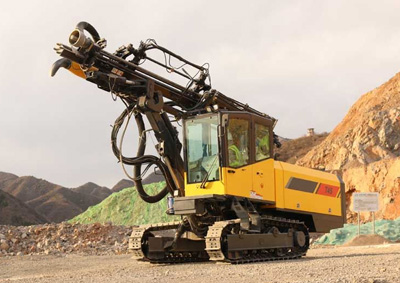

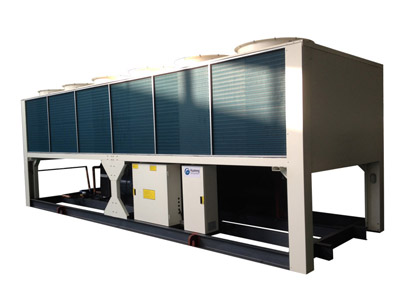
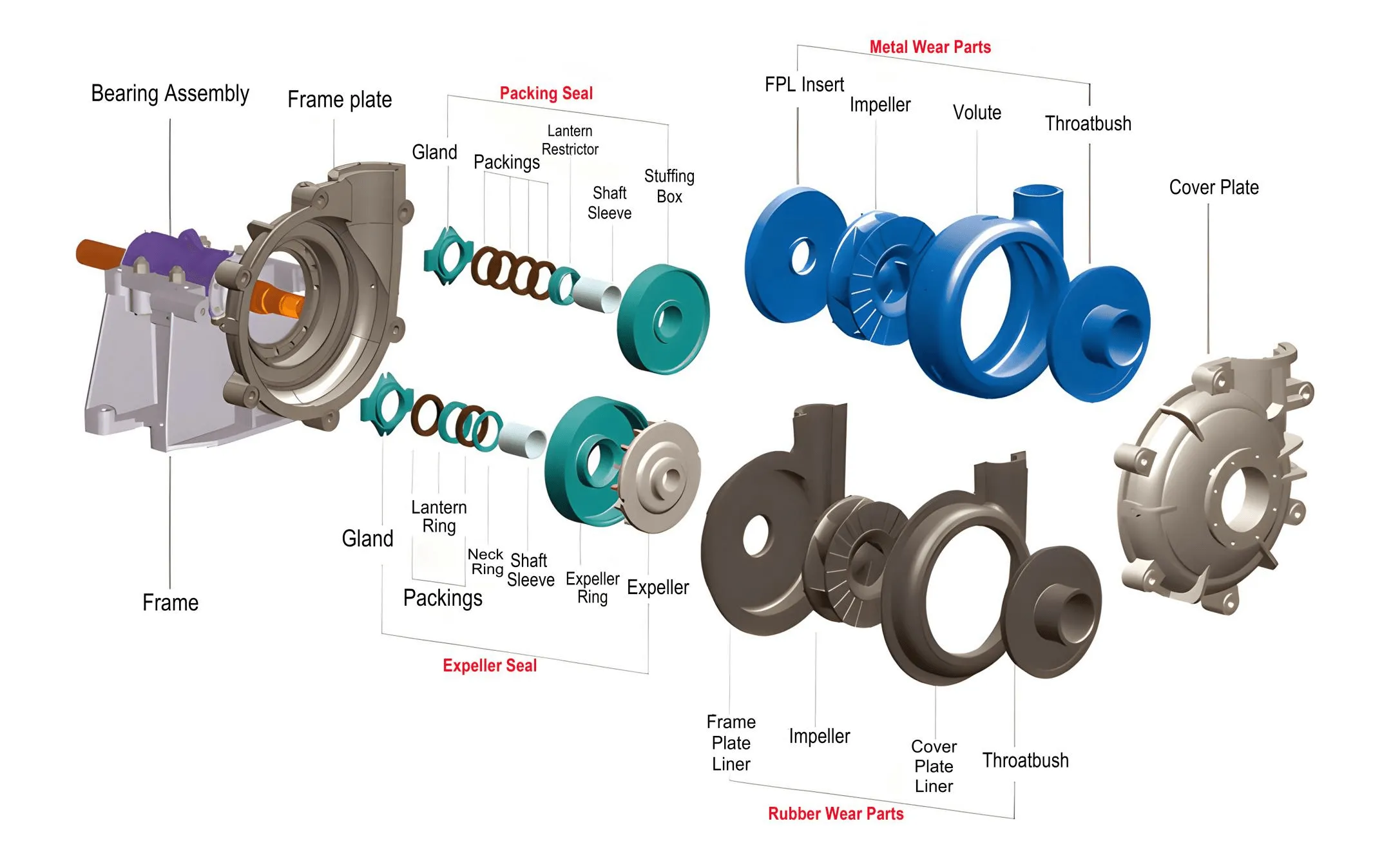
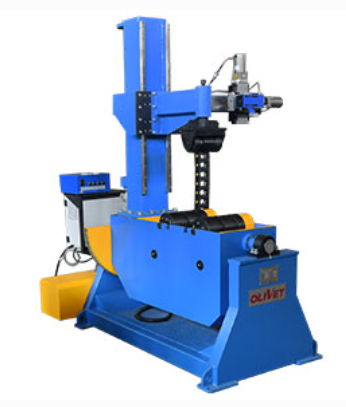
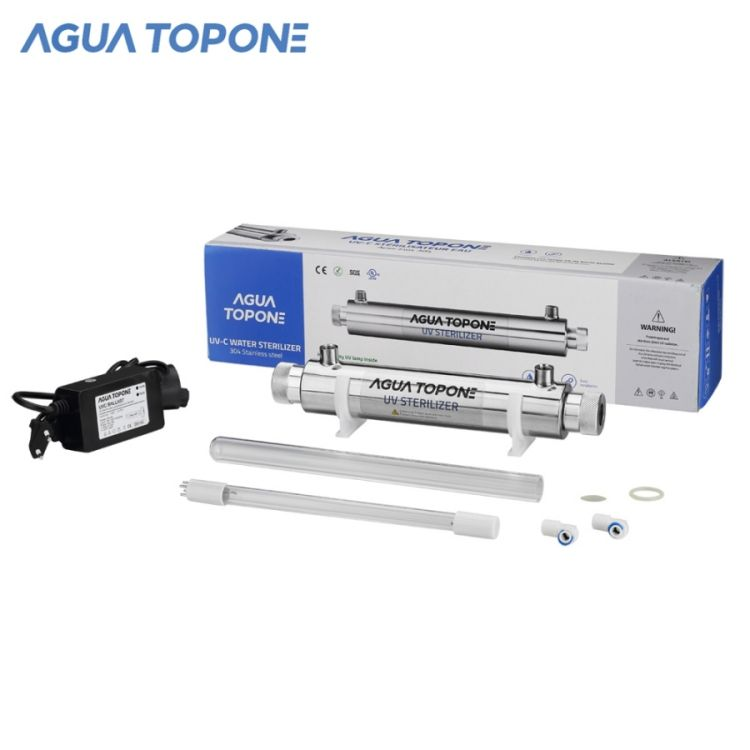
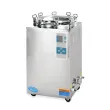
Comments
0